After last night’s crash, and the trip to A&E (luckily I’m told it is almost impossible to break your sternum unless you’re very old and frail – which makes sense when you think about the stuff it is protecting…) I ventured jingerly into the centre of Newcastle on the rather misnamed Metro.
My slightly jaundiced view of the town wasn’t improved by the difficulty of finding directions to the Museum of Antiquities. The first couple of railway staff looked at me like I was speaking Japanese and of three people at the tourist office booth only one knew what I was talking about, a fact of which he was inordinately proud. (Should you need to ask for directions asking for the University of Newcastle might prove more effective.)
It was, however, worth the hunt. Although of the old and traditional form, it is a very nice collection. Centre-stage is a complete scale model of the wall and surrounding topography – impossible to photograph, but providing an excellent sense of where I’d been.
Its one piece of (rather antique) bells and whistles is a reconstruction of a temple of Mithras (20p in the slot), with commentary and flickering “candles”. The image below is taken from the excellent Mithras and His Temples on the Wall pamphlet.
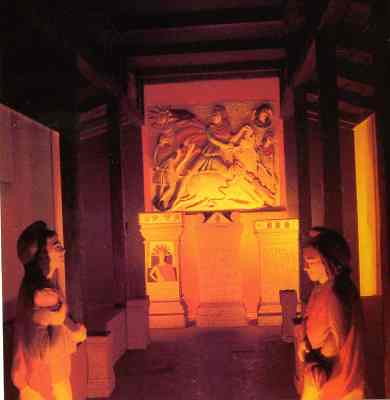
read more

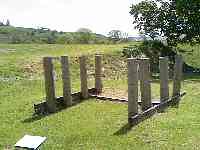

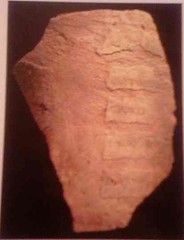
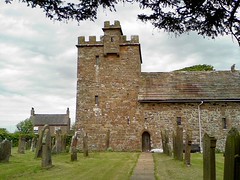
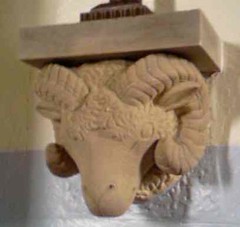


 About
About